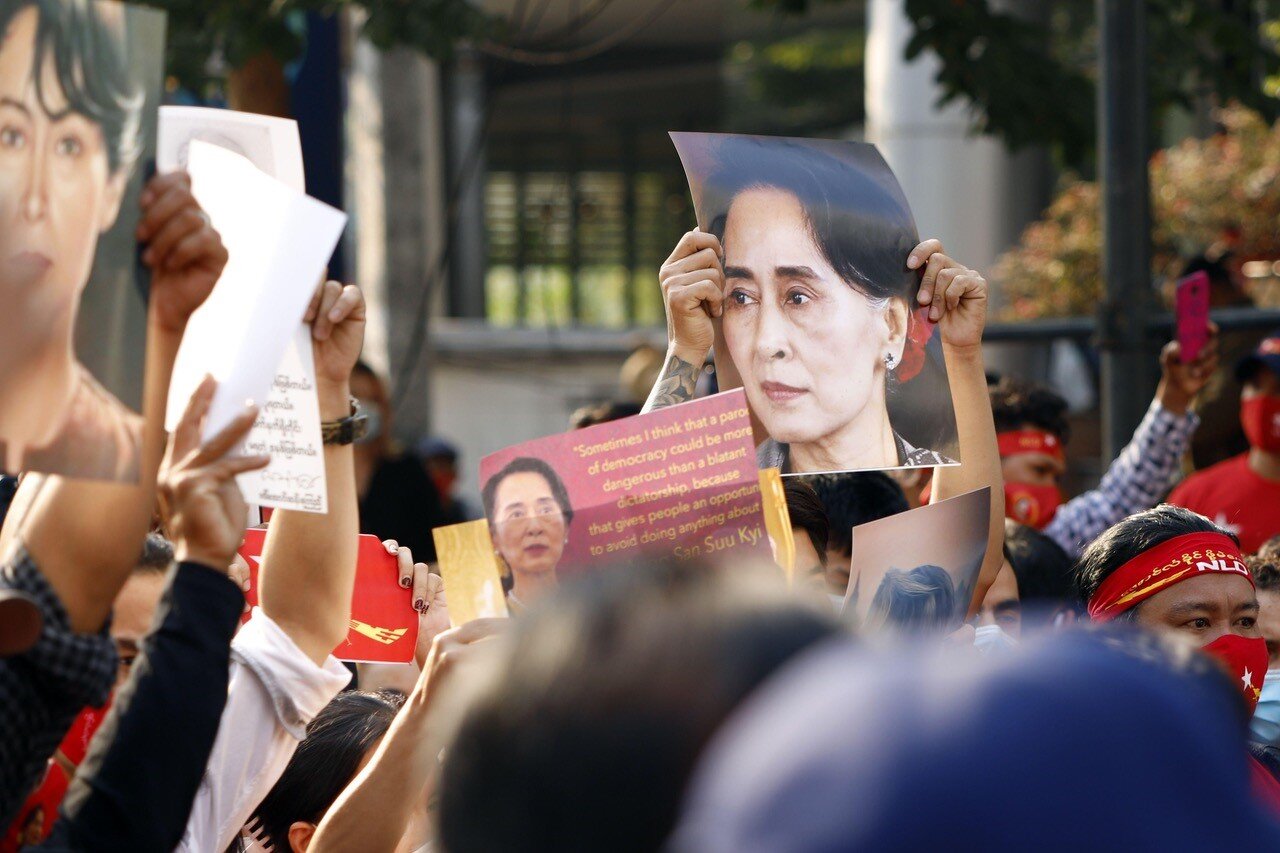Myanmar: Promises of multi-party elections and an end to the state of emergency - in 2023
24 August 2021
After the February military coup in which the Myanmar armed forces, the Tatmadaw, arrested the the senior officials of the National League of Democracy, 900 people have been killed and 4800 detained. In August, the military ruler promised elections and an end to the state of emergency – but not until August 2023. Asia analyst Katie Zeng Xiaojun provides an update.
By Katie Zeng Xiaojun, Asia Analyst
On 1 February 2021, the Myanmar armed forces, or Tatmadaw, arrested the president, U Win Myint, the head of government, Aung San Suu Kyi, and other senior officials. They declared a one-year state of emergency. The army-appointed vice president Myint Swe took over as acting president and then handed his power to the country's military chief, Senior General Min Aung Hlaing. In August this year, the military ruler had promised new multi-party elections and a lifting of the state of emergency – but not until August 2023.
It has now been half a year since the military coup. More than 900 people were killed and 4,800 detained in protests that followed the coup. In the beginning, many protesters, such as civil servants, doctors and truck drivers, took part in the civil disobedience movement against the military takeover. However, the frequency of protests has since dropped as police informers were always on the streets to apprehend and detain protesters. More young demonstrators are observed to be holding regular flash mobs in Yangon, although the curfew from 10 pm to 4 am is still in place in the city.
Despite the coup and the following protests, there have been no significant reports of disruptions for the operations of customs, ports or any specific changes to security threats. In the country's main port, the Port of Yangon, the median time vessels spend at the port has been normal in the past two months, ranging from two to three days.
The number of protests is likely to be reduced in the coming months as the military consolidates its control. Although the protests in Yangon are mostly peaceful, they are in close proximity to the port. Disruptions to road traffic and businesses in the protest areas are expected. Nevertheless, the ports are highly likely to be operating at the status quo as vessels are observed to be arriving and discharging without delay.
As the situation in Myanmar is fluid and changes quickly, Risk Intelligence is continuously monitoring developments on land and at the ports. As new information is received, the threat assessments covering Myanmar in the LandRisk, MaRisk and PortRisk systems are updated to take any changes into account.
FREE LIVE DEMO:
Do you want to see how the Risk Intelligence System works?
Book a live demo with us and get an overview of our unrivalled risk assessment and planning tool. With access to the system, you can evaluate both current and future security risks in real time and minimise risks while optimising commercial decision-making.

